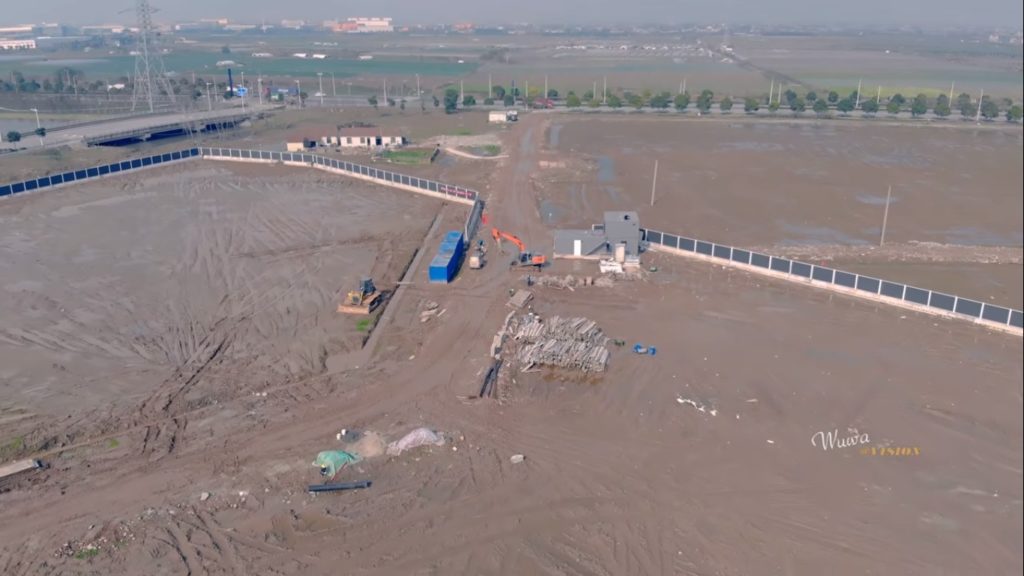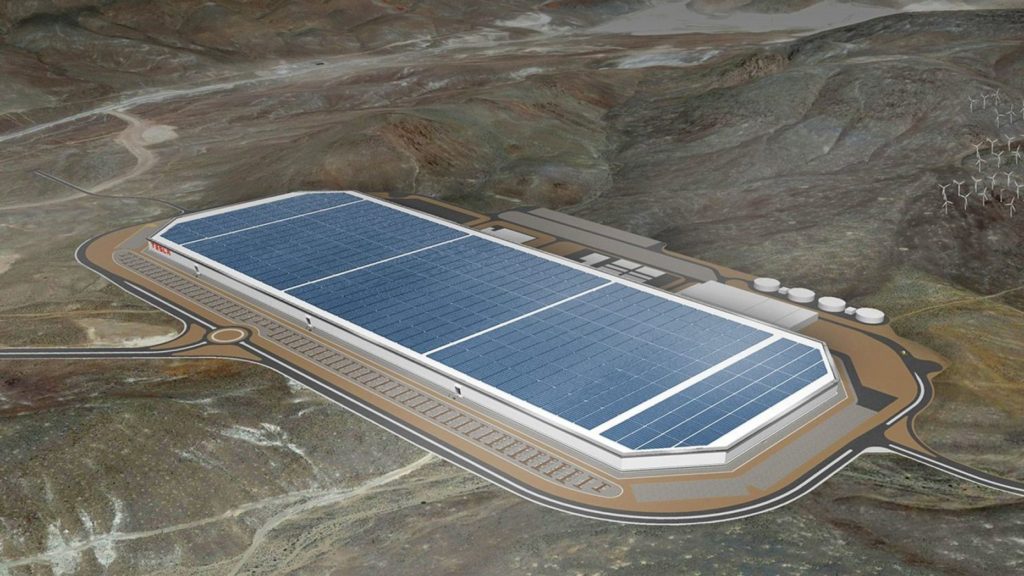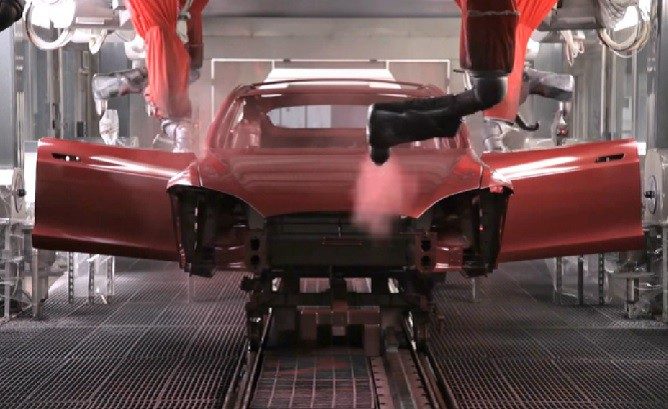A recent unofficial drone footage revealed that Tesla has been busy getting its 213 acre lot in Shanghai’s Lingang Industrial Zone ready for the construction of Gigafactory 3.
It does feel like Tesla was aggressively responding to Shanghai Mayor Ying Yong and Vice Mayor Wu Qing visit to Tesla last week, when the officials urged the electric car maker to expedite construction of Gigafactory
The Mayor of Shanghai had already stated that Tesla has completed leveling the land and construction of Gigafactory 3 is all set to begin soon. G3 is “expected to be partially put into operation in the second half of next year.” he said.

But let’s take a closer look at the pace of events over the last six months.
In April 2018, China announced that it will remove a key restriction that forced auto manufacturing companies into joint ventures with local partners. The announcement made it very clear, who the Chinese government was targeting.
“The National Development and Reform Commission announced in a statement that China will scrap foreign ownership limits on new energy vehicle manufacturers in 2018, followed by commercial vehicle makers in 2020 and passenger vehicle companies in 2022,” reported Nikkei Asian Review
Foreign ownership cap removed for electric vehicle manufacturers in 2018.
Three months after China removed foreign ownership restrictions, Tesla CEO Elon Musk met with Chinese Vice-President Wang Qishan, known as the right hand man of President Xi.
During Musk’s visit, Tesla signed a cooperative agreement with the Shanghai Municipal government to build Gigafactory 3 in China. “We expect construction to begin
“From there, it will take roughly two years until we start producing vehicles and then another two to three years before the factory is fully ramped up to produce around 500,000 vehicles per year for Chinese customers.”
Tesla still had some problems in securing permits and approvals because the ownership cap on new energy vehicles was not yet removed.
But why bother when you have the Shanghai officials in your corner.
“The next step is for the city government to do the support work to allow the project to go into operation as quickly as possible,” said
Huang Ou, deputy director of the Shanghai Commission of Economy and Information Technology.
“In line with state plans, we will speed up the cancelation of foreign ownership restrictions in the car manufacturing sector,” he added.
But this was in
As analysts kept predicting that Tesla will have to raise money to fund its new project, CEO Elon Musk revealed that Tesla will use local debt from China. “
“For China, I think our default plan will be to use essentially a loan from local banks in China and fund the (Gigafactory 3) in Shanghai with local debt,” he said.
In August, we reported that the local Shanghai government is the middle-man in negotiations with at least four state-owned banks to secure funding for the manufacturing unit.
A month later, several media reports stated that Tesla Shanghai’s registered capital increased from 100 million yuan to 4.67 billion yuan, an equivalent of $680 million.
On October 17th, Tesla announced that the company has signed an agreement with the Shanghai government to buy 864,885 square meter plot in Shanghai’s Lingang area to build its first overseas factory.
CNBC reported that “The local subsidiary of Elon Musk’s company bought the industrial-use land for 973 million yuan, or $140 million, on Wednesday, according to China property transaction records from Shanghai-based financial data company Wind Info.”
So the Shanghai government not only help lift the ownership cap on foreign companies, get approvals and permits, but it also helped Tesla secure funding and buy a 213-acre plot just 47 miles away from Shanghai.
You cannot blame Shanghai’s local government for being so helpful to a foreign manufacturing company like Tesla, especially when the State of Nevada says that the company has exceeded all its expectations.

Tesla’s Nevada Gigafactory is only 30% complete and is already the highest volume battery plant in the world
“Tesla has exceeded its commitments, to the State of Nevada, in the areas if capital investment and job creation,” reads a new economic impact report released Wednesday by the Governor’s Office of Economic Development (GOED), Nevada.
What did Tesla promise to the State of Nevada?
According to Tesla’s contractual agreement, Tesla and its partners said Gigafactory 1 would provide direct employment to 6,000 workers, with an annual payroll of $353,620,000, and a capital investment of $5 billion.
What has Tesla done?
As of June 2018, Tesla employs 7,059 workers in Gigactory 1, with an annual payroll of $379 million and capital investment of $6 billion. Average hourly wages at Gigafactory was $25.78, well above the statewide average of $22.54 per hour, but below Tesla’s projected average of $27.35 per hour.
You can read more details about the economic impact of Tesla Gigafactory 1 here
Tesla is nowhere close to maxing out its development in Nevada. Gigafactory 1 is sitting on a 3,000 acres plot in Nevada and the current output is just a little over 20GWh. Tesla has plans to take it all the way to 150 GWh.
It may or may not happen in a hurry, but the economic impact of Telsa Gigafactory 1 is already huge and it will continue to grow from here.
From Tesla 2018 Economic Impact Summary:
An estimated 17,000 direct construction jobs and 7,900 additional indirect jobs have been created in Washoe and Storey Counties from 2015 through 2018.
At current employment and wage levels, Tesla is anticipated to create an annual economic impact of $3.56 billion on the Washoe/StoreyCounty region in 2018.
As of June 30, 2018, there are now 7,059 people employed at the facility with an annual payroll of $378.6 million. Through the multiplier effect, an additional 8,200 jobs and $466.3million in annual payroll are being supported at other local businesses.
The 15,300-estimated direct, indirect and induced jobs that are being generated by the Gigafactory support an estimated population (including families)of about 34,000 people.
It’s not a


